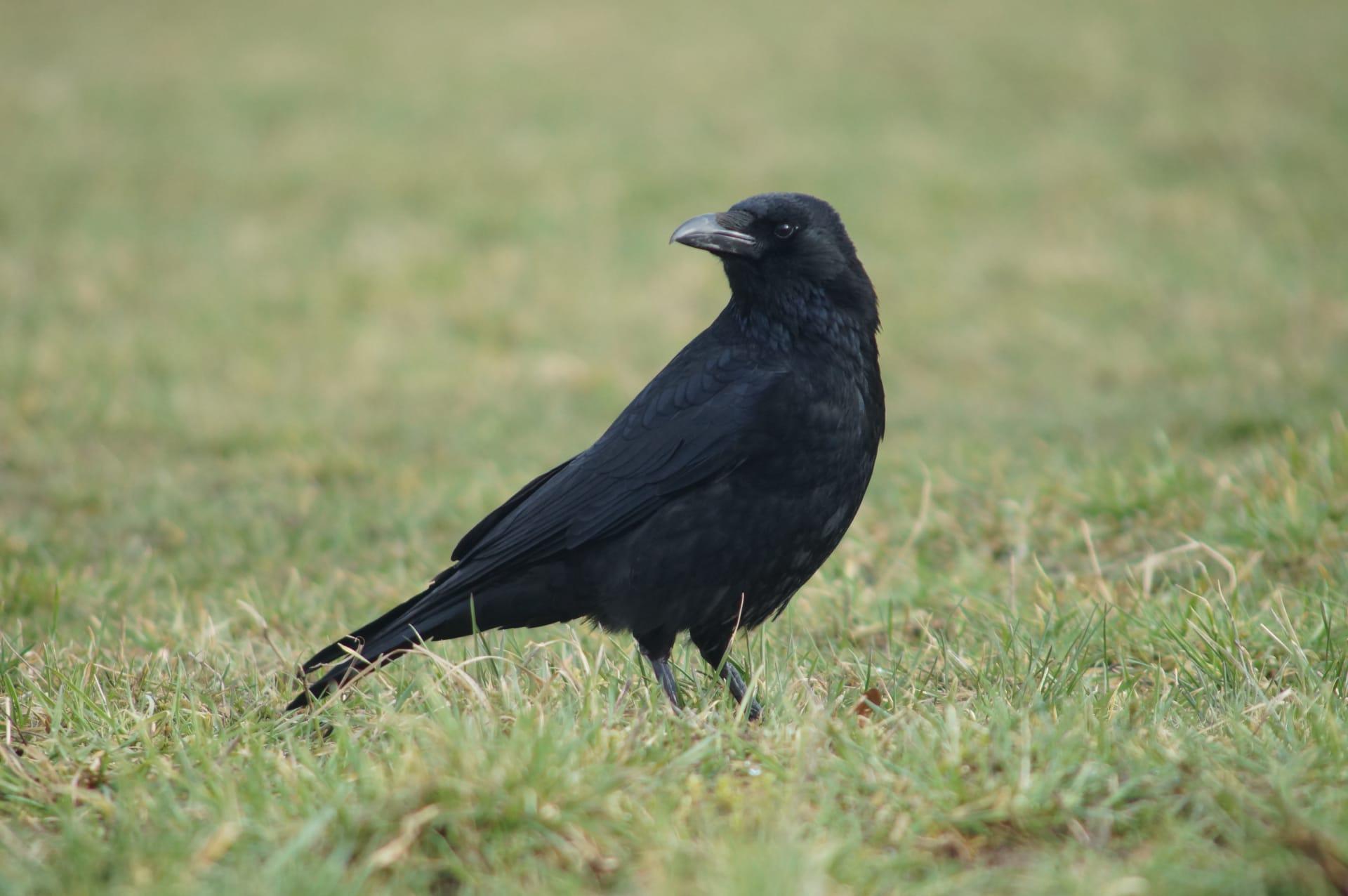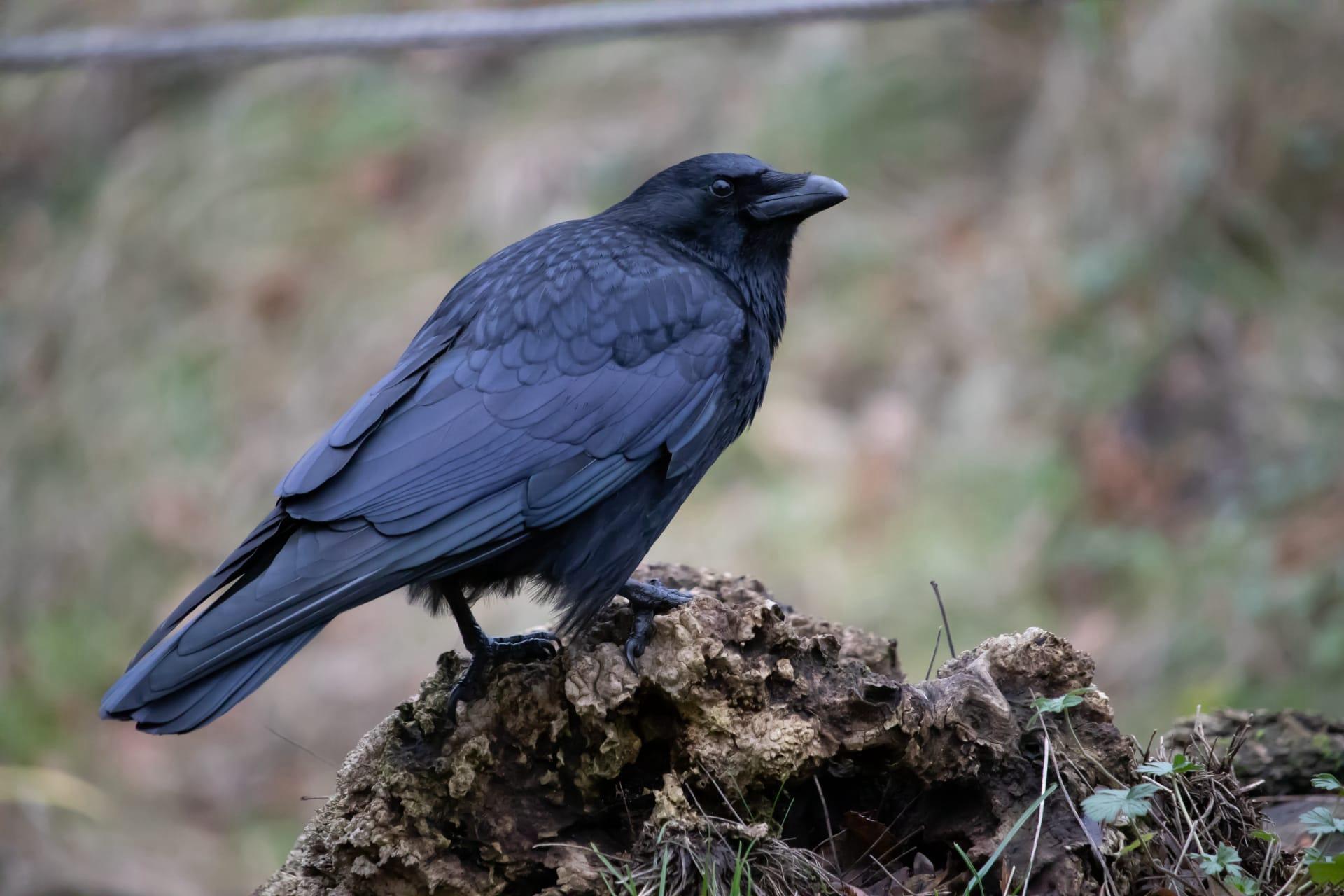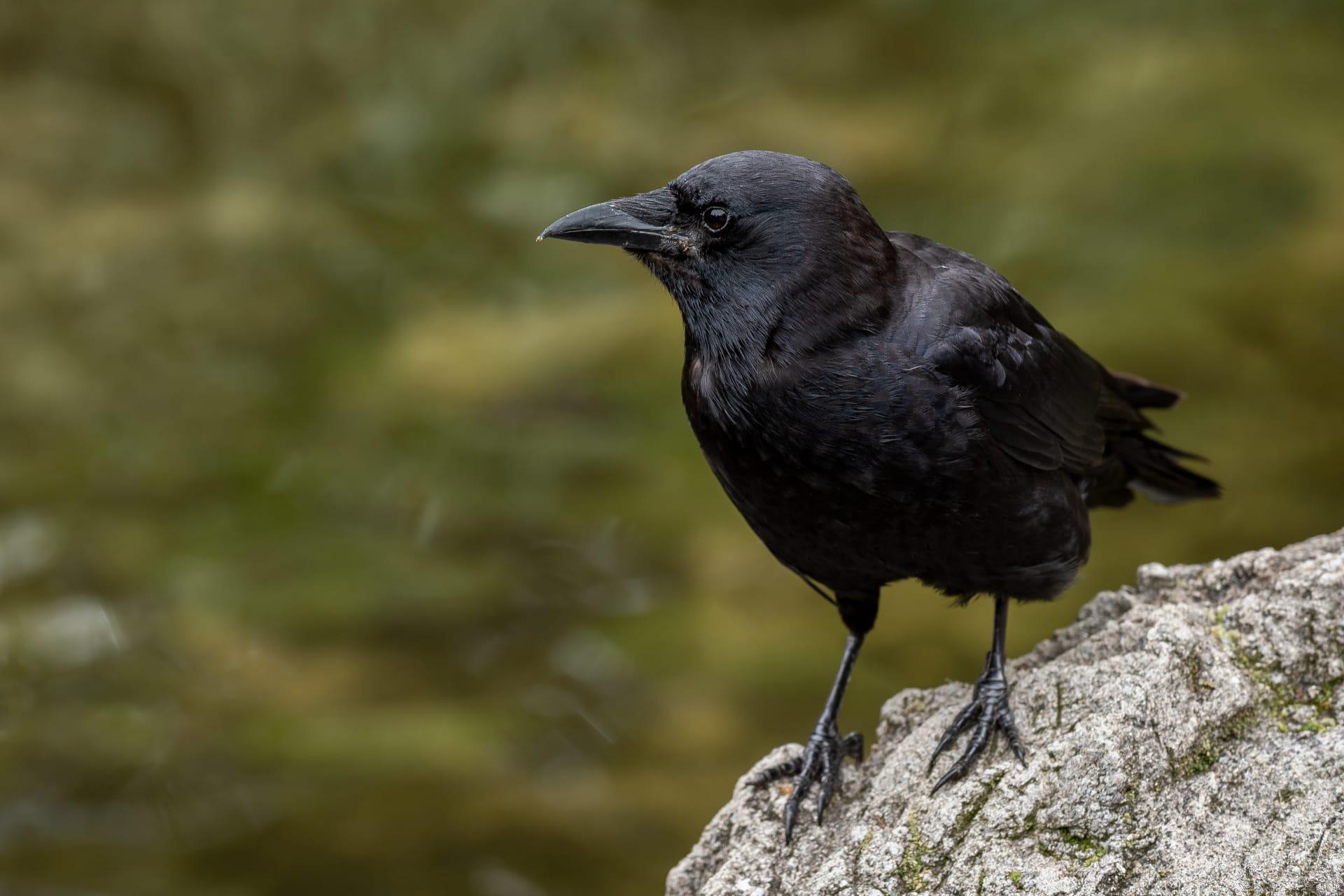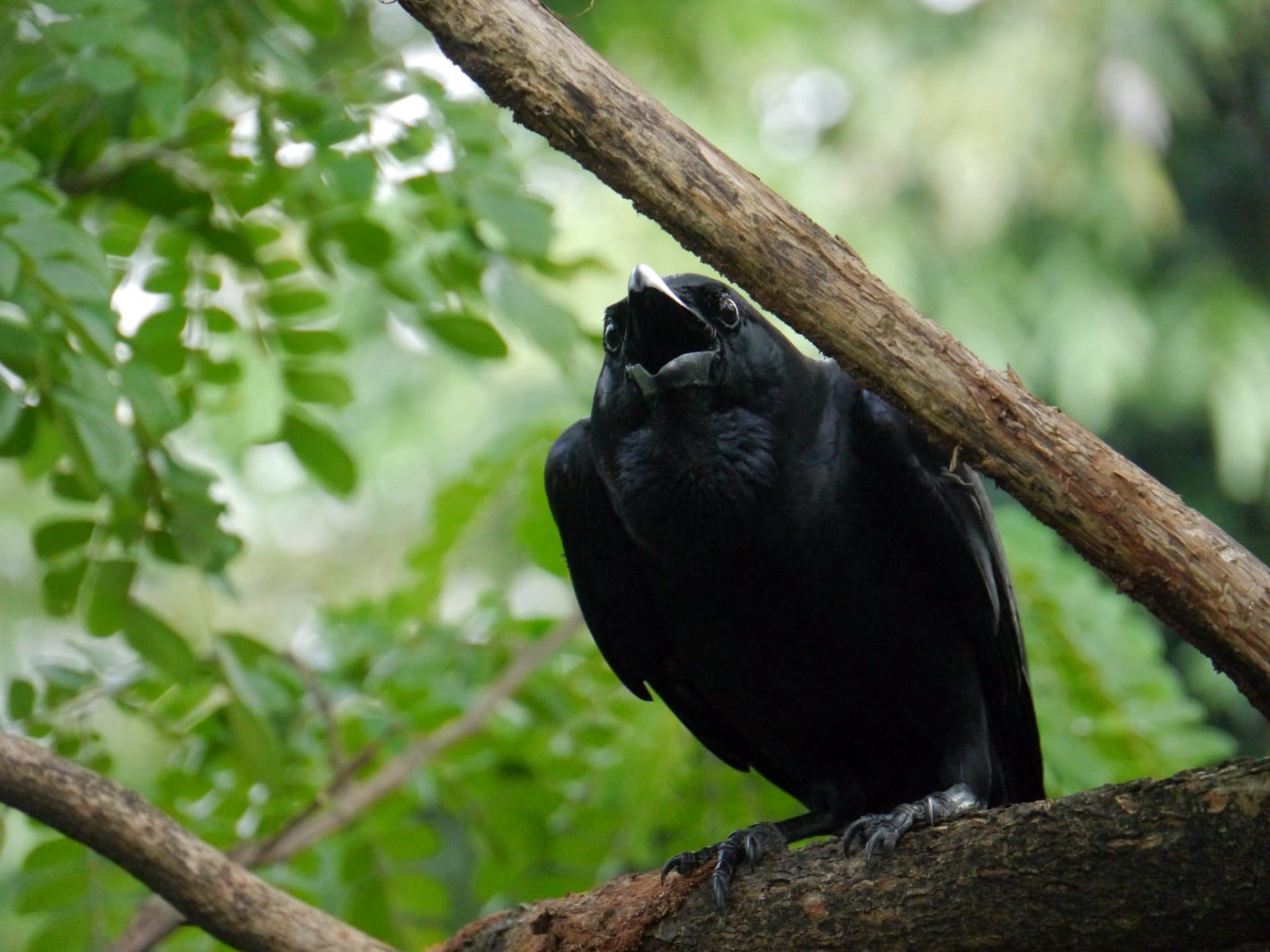1
Crows have been observed using tools, a rare behavior in the animal kingdom. In urban environments, they've been seen bending wires to fish out insects from tight spaces. One study in New Caledonia showed crows crafting sticks into hooks to snag grubs. This showcases their problem-solving skills and ability to modify objects to suit their needs, a trait predominantly seen in primates.
Crows have a remarkable memory, especially for human faces. Research conducted by scientists at the University of Washington revealed that crows can remember a person's face and associate it with negative experiences. If a crow is treated badly by someone, it not only remembers the person but may also teach other crows to recognize and attack the individual. This social learning demonstrates their complex emotional intelligence and communication skills.

2
These birds are known for their exceptional problem-solving skills. In a series of experiments known as the Aesop's Fable tests, crows were observed dropping stones into water-filled tubes to raise the water level and access a floating treat. Their understanding of cause and effect in these experiments is comparable to that of a 5 to 7-year-old human child. This indicates a high level of cognitive ability rarely seen in non-human animals.
Crows partake in a behavior known as 'anting', where they allow ants to crawl on their bodies. It’s believed that the ants secrete acids that help crows get rid of parasites. Alternatively, crows might be using the ants' formic acid as a sort of feather conditioner. This unusual behavior highlights their innovative ways to maintain hygiene and health, showcasing an advanced understanding of their environment.

3
Crows have a complex social structure and communicate using a variety of sounds. Each crow can have a distinct call that can vary by region, similar to human dialects. Their communication is not just limited to basic needs but can also express warnings, threats, or summon others for cooperative tasks. This indicates a sophisticated level of social interaction and cultural variation within their species.
In urban areas, crows have been observed using traffic to their advantage. They drop hard-shelled nuts onto roads and wait for vehicles to run over them, cracking the shells open. This shows their ability to understand and utilize their environment in novel ways, turning urban challenges into opportunities.

4
Crows are known for their playful behavior. They have been seen sliding down snowy rooftops and playing catch with each other using sticks or other objects. This kind of play is not just for entertainment; it also helps young crows develop motor skills and learn social interaction. Such behavior is a sign of a highly intelligent species that engages in complex social bonding and learning activities.
These birds can recognize and differentiate between different types of sounds. They respond differently to the calls of other birds, alarms, and even human voices. This auditory discrimination helps them avoid predators and seek out opportunities. Their ability to interpret and react to a wide range of sounds is crucial for their survival in diverse environments.

5
Crows often engage in what is known as 'funeral behavior'. When a crow dies, other crows gather around the deceased. This behavior is not fully understood but is believed to be a way of learning about potential dangers or paying respect to fallen comrades. It’s a striking example of their social complexity and possible emotional depth.
Young crows are known to stay with their parents for several years. During this time, they assist in raising new broods, a behavior known as cooperative breeding. This family structure is quite rare in the bird world. It helps young crows learn essential survival and social skills while strengthening family bonds, crucial for their survival in complex social environments.